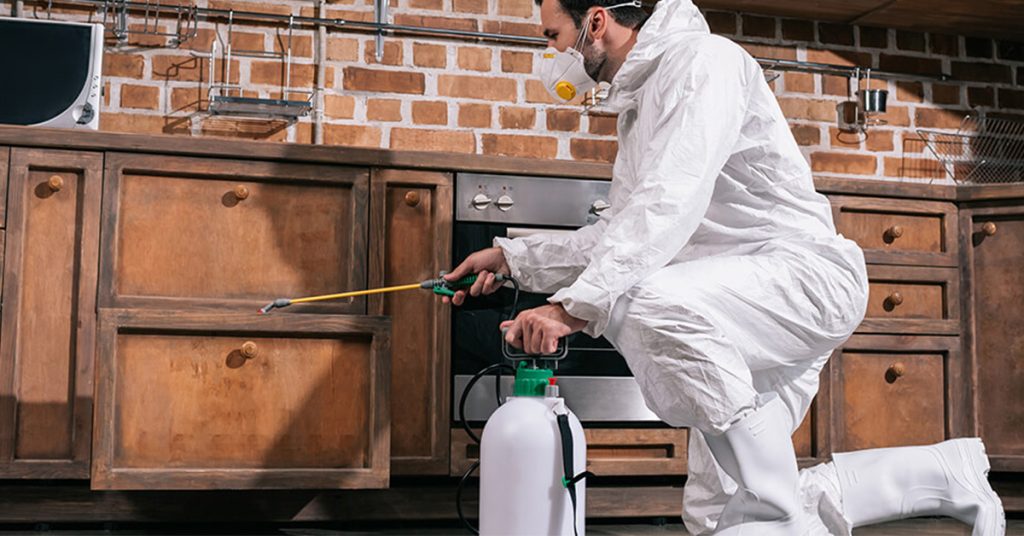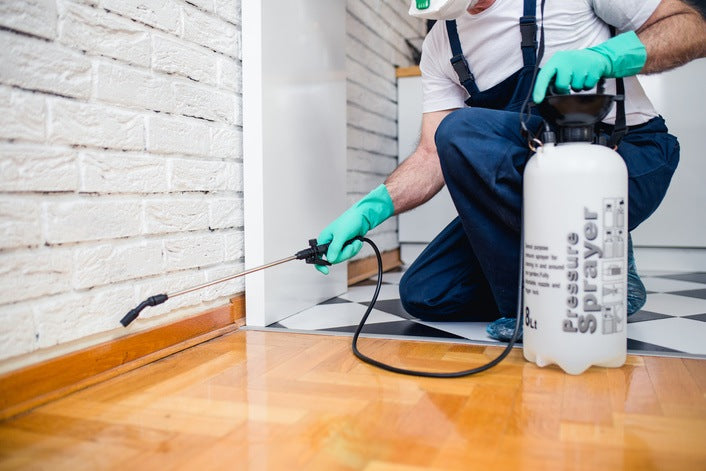Skilled Residential and Commercial Services by Pest Control Lockhart
Skilled Residential and Commercial Services by Pest Control Lockhart
Blog Article
Discovering Problem and Therapy Techniques worldwide of Pest Control
The landscape of pest control incorporates a myriad of difficulties, especially as problems of typical house parasites remain to evolve. Understanding the actions and reproductive patterns of these hassles is critical for establishing effective therapy methods. By integrating safety nets with advanced management methods, such as Integrated Bug Management (IPM), home owners can better guard their atmospheres. The efficiency of these techniques might vary significantly based on particular circumstances. What underlying variables add to the success or failure of these techniques in various setups?

Usual House Pests
When it pertains to handling our home, understanding typical home parasites is vital. These parasites not just disrupt our convenience but can also pose health and wellness risks and damage building. One of the most widespread home insects include ants, roaches, rodents, termites, and bed insects.
Ants, commonly seen foraging in kitchen areas, can pollute food and develop big colonies. Rats, consisting of computer mice and rats, can create architectural damages and lug diseases like hantavirus and salmonella.
Identifying the signs of these parasites, such as droppings, nests, or bite marks, is important for very early treatment (Pest Control Lockhart). Correct sanitation methods, securing entrance points, and maintaining a clutter-free setting work preventative procedures. By determining these common household insects and recognizing their actions, home owners can take proactive steps to minimize problems, ensuring a much healthier living setting
Recognizing Pest Infestations
Bug infestations can rise promptly, turning a small aggravation into a significant trouble if not resolved immediately. Comprehending the nature of these problems is critical for effective monitoring. Pests can attack property and industrial rooms for various reasons, including the search for food, shelter, or reproducing premises. Usual aspects contributing to invasions include inadequate cleanliness, architectural susceptabilities, and seasonal changes that drive bugs inside.
Identifying the kind of insect is vital, as different varieties display different habits and reproductive rates. For example, rodents may establish nests in covert areas while insects like cockroaches thrive in moist settings. Early detection often depends upon identifying indicators such as droppings, nibble marks, or uncommon sounds, which can suggest a problem before it ends up being extreme.
Warm, moist environments can facilitate the fast development of insect populations, while modifications in landscape design or building and construction can unintentionally produce conducive settings. An enlightened method to comprehending these dynamics lays the groundwork for reliable insect monitoring methods in the future.
Treatment Techniques and Techniques
Reliable therapy approaches and methods are necessary for alleviating parasite infestations and restoring a risk-free atmosphere. A complex approach is typically best, incorporating chemical, biological, and mechanical techniques i was reading this customized to the details pest and the seriousness of the invasion.
Chemical therapies include using insecticides and herbicides, which can properly remove parasites. Nevertheless, correct application and adherence to safety and security guidelines are crucial to decrease threats to people and non-target microorganisms. Integrated Parasite Management (IPM) encourages the wise use of chemicals as a last option, counting rather on monitoring and threshold levels to determine intervention requirements.
Organic control techniques entail presenting natural killers or parasites to decrease pest populations. This method is significantly prominent, specifically in farming settings, as it promotes ecological sustainability.
Mechanical approaches, such as traps and barriers, give instant remedy for pests without presenting chemicals. Options consist of sticky catches for bugs or physical barriers for rodents.
Eventually, the selection of treatment technique need to think about the particular insect, the setting, and possible effect on human health and wellness and communities. A well balanced combination of these approaches can effectively manage invasions while advertising lasting pest control solutions.
Preventative Procedures for Homes
Proactively attending to insect concerns before they escalate is essential for preserving a healthy and balanced home environment (Pest Control Lockhart). Applying reliable preventative procedures can substantially reduce the probability of invasions, eventually safeguarding both your residential or commercial property and well-being

Appropriate landscaping additionally plays an essential role in prevention. Keeping bushes and trees trimmed away from your home minimizes the chances of insects locating their way indoors. Furthermore, make sure that drainage systems are functioning effectively to protect against standing water, which can attract in insects and various other bugs.
Finally, regular examinations are a good idea. Frequently looking for signs of insect activity enables very early intervention. By taking on these preventive steps, property owners can create an environment that is less hospitable to parasites, therefore enhancing their overall high quality of life and decreasing the requirement for comprehensive insect control interventions.
Commercial Insect Control Techniques
An extensive approach to commercial insect control is important for businesses intending to maintain a safe and sanitary environment. Efficient techniques include a combination of routine inspections, employee training, and the implementation of Integrated Pest Administration (IPM) practices.
Normal inspections enable early detection of bug task, allowing for timely intervention. Businesses ought to establish a regular timetable for these evaluations, concentrating on high-risk areas such as cooking areas, storeroom, and garbage disposal websites. Worker training is similarly critical; personnel ought to be informed on the signs of pest infestations and the importance of reporting them promptly.
Executing IPM practices helps alleviate parasite problems sustainably. This consists of habitat adjustment, visit their website such as securing entry factors and lowering clutter, in addition to utilizing all-natural deterrents before resorting to chemical treatments.

Moreover, teaming up with a licensed pest control supplier guarantees access to expert understanding and sophisticated therapy choices. This collaboration can lead to personalized parasite control prepares customized to the certain requirements of business, lessening risks and boosting overall effectiveness. Inevitably, a proactive and educated approach promotes a pest-free setting, securing both public wellness and company track record.
Final Thought
In verdict, reliable bug control demands a thorough understanding of common household insects and their habits, coupled with targeted therapy approaches. Implementing precautionary steps alongside treatment approaches such as Integrated Insect Monitoring and biological control improves the capacity to mitigate invasions.
Report this page